This website uses a variety of cookies, which you consent to if you continue to use this site. You can read our Privacy Policy for
details about how these cookies are used, and to grant or withdraw your consent for certain types of cookies.
Blog
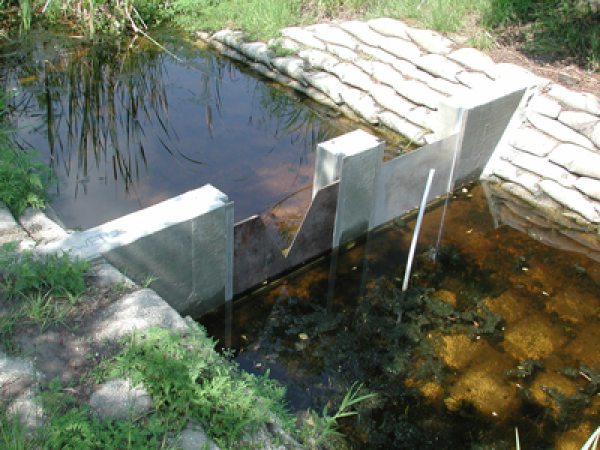
Weir Plate Materials
There is a lot of confusion as to what materials are suitable for making a thin-plate weir from. Some installations use plywood, some stainless steel, some painted steel, and other fiberglass or aluminum. In making a weir plate the most important consideration is the weir…

Fiberglass Parshall Flumes
Once found only at wastewater treatment plants, fiberglass Parshall flumes have spread to a variety of applications where other materials have traditionally held sway. The shift from traditional materials like concrete, mild steel, and wood – all used during the…
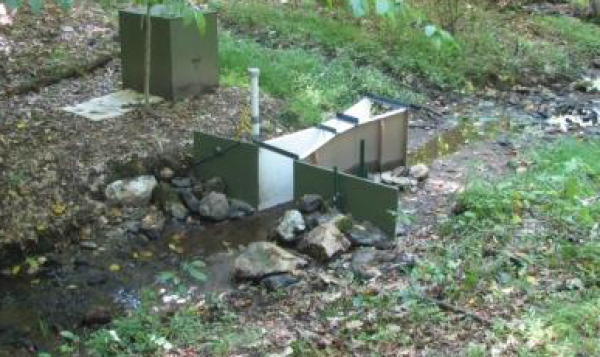
A Contractorâs Guide to Buying Flumes
When evaluating among flume manufacturers and their offering there are a number of things as a contractor that you need to consider. We've broken what you need to look for down into (8) catagories: Cost Construction Expertise Focus Lead-times Submittals Support Warranty
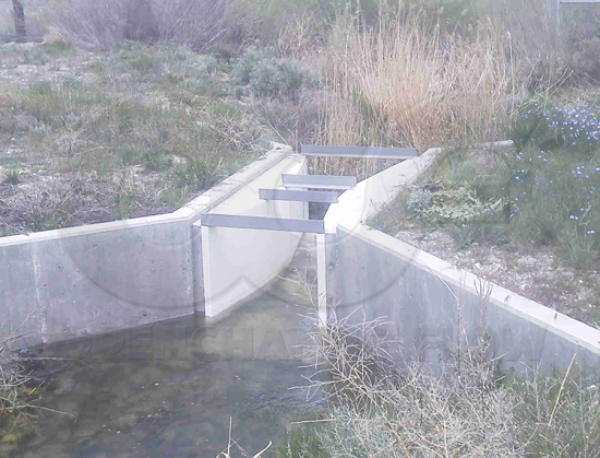
Selecting a Primary Device: Choosing a Weir or Flume Size
In our series on Selecting a Primary Device we looked at: Choosing Between a Weir and a Flume and Choosing a Weir or Flume Style. In this closing article we now look at sizing a weir or flume. The basic consideration in sizing a particular style of weir or flume…
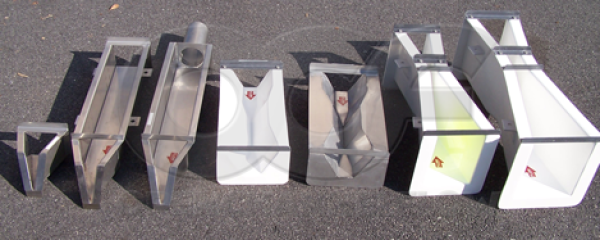
Selecting a Primary Device: Choosing a Weir or Flume Style
In the first article of this series on Selecting a Primary Device we discussed criteria that can be used to select between a weir and a flume. Now our attention turns to selecting a particular style of weir or flume. The choice of device style is normally dictated by the…

Selecting a Primary Device: Choosing Between a Weir and a Flume
The selection of a primary device (weir or flume) for a particular open channel flow application typically can be broken down into three decisions: First – should a weir or a flume be used? Second – which style of weir or flume should be used? Third – which size…

Sidewall Heights of Small Parshall Flumes
One advantage of using the Parshall flume to measure open channel flow is that the layout and dimensions of the flume are standardized. For the range of sizes normally encountered in the field, the sidewalls heights of Parshall flumes are fixed and are: 24-inches [60.96 cm]…
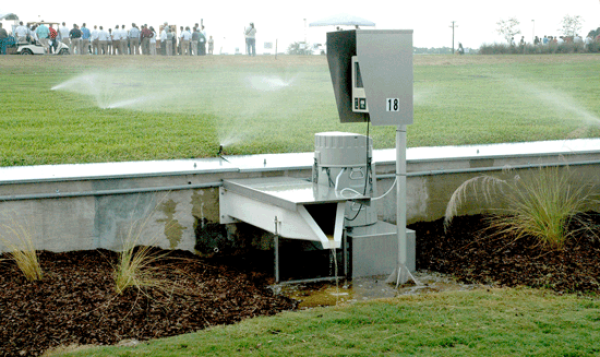
Turf Plot Monitoring with H Flumes
Researchers (both public and private) use instrumented turf plots in order to better understand the varieties of turf grasses, their ability to capture nutrients (nitrogen and phosphorous), the release rate of those nutrients, and optimal watering cycles. A key component of…
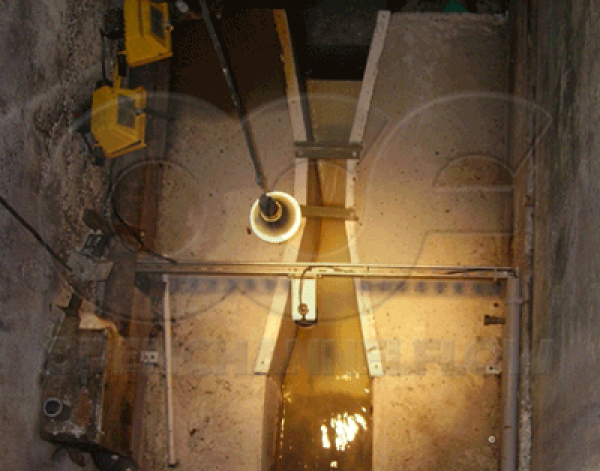
Parshall Flumes for Industrial Pretreatment Discharges
The Parshall flume is the most common type of flume used for monitoring industrial discharges. The ubiquity of the Parshall flume means that it is usually well understood by pretreatment inspectors and industrial users alike – not an insignificant consideration…
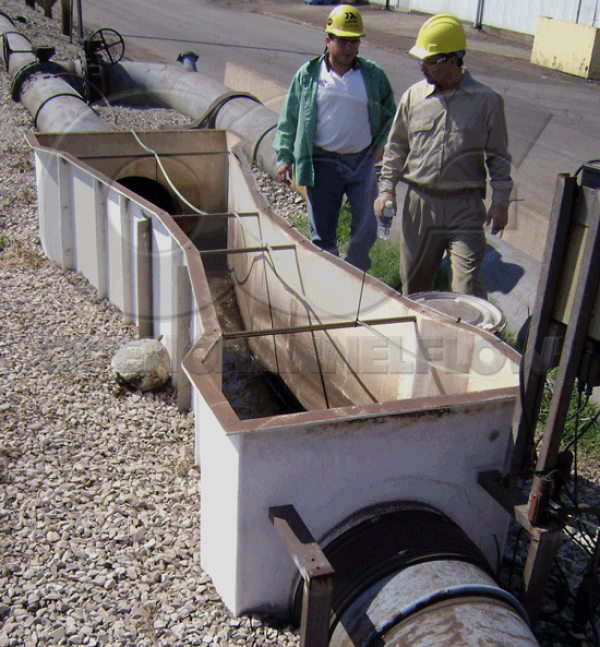
Upstream / Downstream Pipe Slope and Straight Runs for Flumes
Time and again, we get questions on pipe slope and straight run requirements from customers looking to connect flumes to piping. The questions that usually come up are: What is the maximum upstream pipe slope I can come into a flume with? How many straight runs of pipe do I need…

Parshall Flumes versus Cutthroat Flumes
Part of applying a flume is the selection of one flume type over another.
Here we compare Parshall flumes with Cutthroat flumes in:
Design
Accuracy
Submergence
End connections
Sizes
to help you to compare between the two flume types.
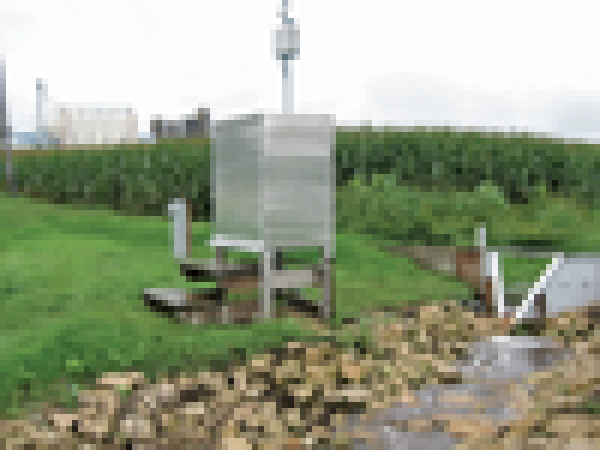
H Flume Maintenance
The H series of flumes have shown themselves to be excellent at monitoring flows in irrigation channels and even industrial discharges. One of the reasons that H flumes work so well is their ability to pass solids. Another advantage of H flumes is their ability to…

LOCATIONS IN ATLANTA, GA & BOISE, ID

